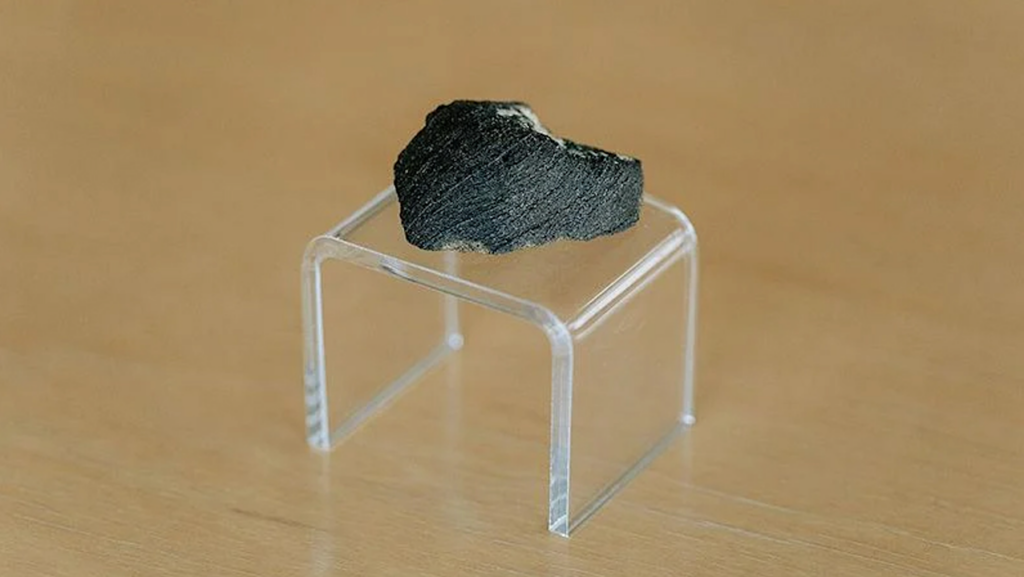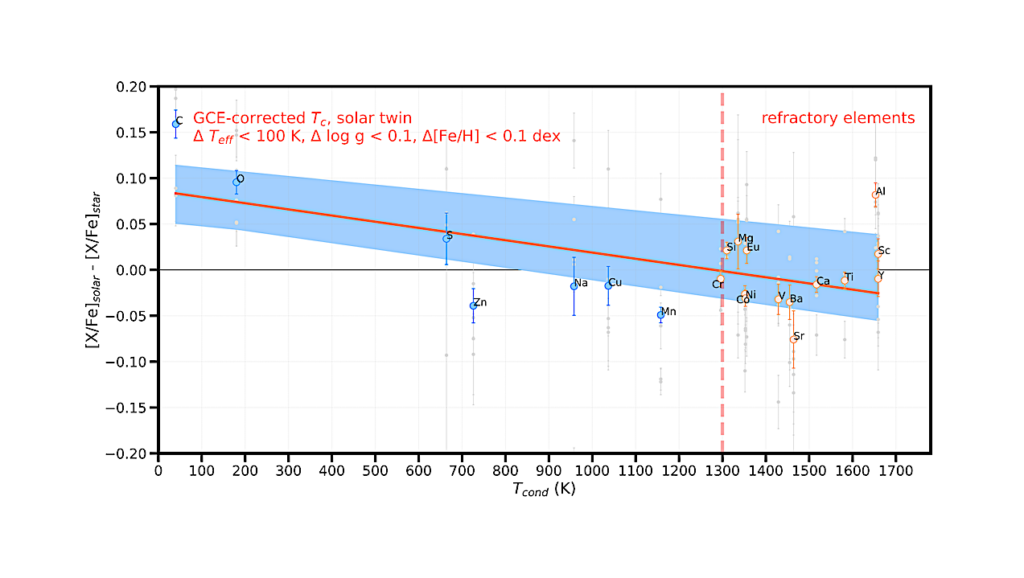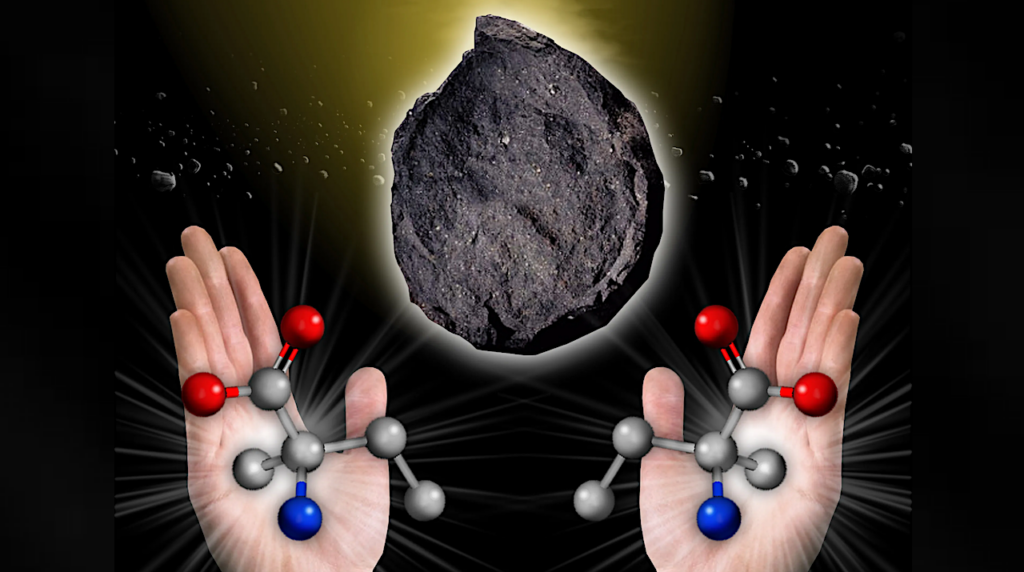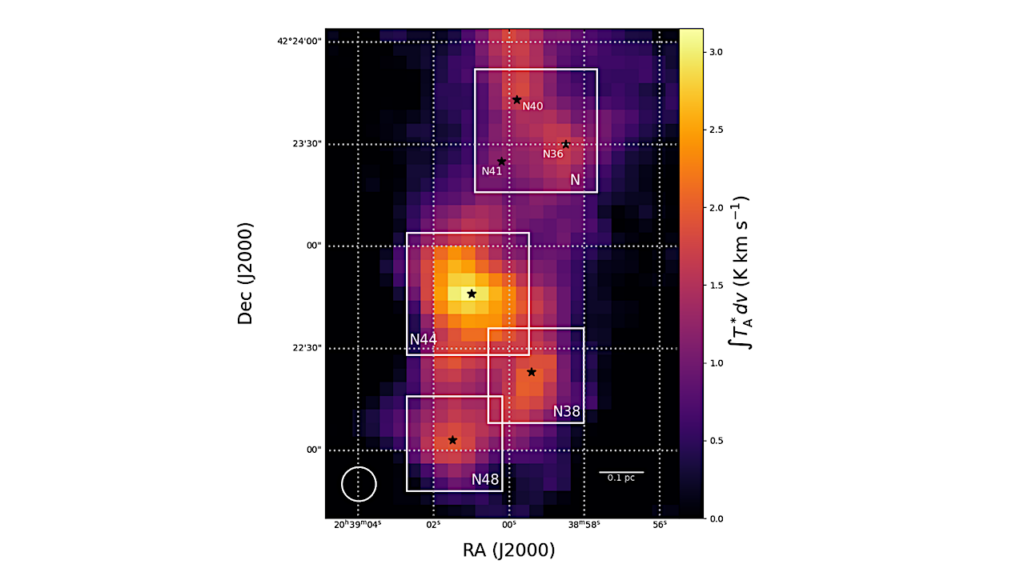Determining The Absolute Chemical Abundance of Nitrogen and Sulfur in the Quasar Outflow of 3C298
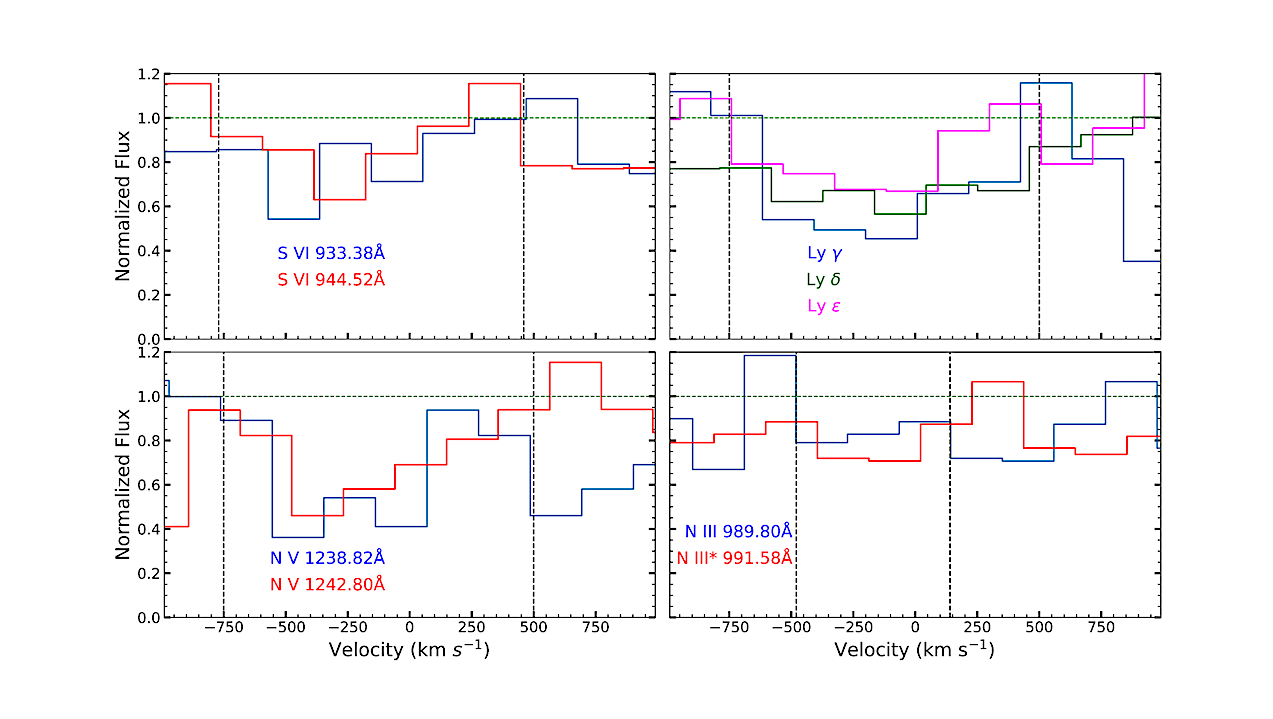
Context. Quasar outflows are key players in the feedback processes that influence the evolution of galaxies and the intergalactic medium. The chemical abundance of these outflows provides crucial insights into their origin and impact.
Aims. To determine the absolute abundances of nitrogen and sulfur and the physical conditions of the outflow seen in quasar 3C298.
Methods. We analyze archival spectral data from the Hubble Space Telescope (HST) for 3C298. We measure Ionic column densities from the absorption troughs and compare the results to photoionization predictions made by the Cloudy code for three different spectral energy distributions (SED), including MF87, UVsoft, and HE0238 SEDs. We also calculate the ionic column densities of excited and ground states of N iii to estimate the electron number density and location of the outflow using the Chianti atomic database.
Results. The MF87, UVsoft, and HE0238 SEDs yield nitrogen and sulfur abundances at super-solar, solar, and sub-solar values, respectively, with a spread of 0.4 to 3 times solar. Additionally, we determined an electron number density of log(ne) greater than 3.3 cm-3, with the outflow possibly extending up to a maximum distance of 2.8 kpc.
Conclusions. Our results indicate solar metallicity within a 60 percent uncertainty range, driven by variations in the chosen SED and photoionization models. This study underscores the importance of SEDs impact on determining chemical abundances in quasars outflows. These findings highlight the necessity of considering a wider range of possible abundances, spanning from sub solar to super solar values.
Maryam Dehghanian, Nahum Arav, Mayank Sharma, Doyee Byun, Gwen Walker
Comments: Accepted for publication in A&A- 11 pages, 10 figures
Subjects: Astrophysics of Galaxies (astro-ph.GA)
Cite as: arXiv:2411.14231 [astro-ph.GA] (or arXiv:2411.14231v1 [astro-ph.GA] for this version)
https://doi.org/10.48550/arXiv.2411.14231
Focus to learn more
Submission history
From: Maryamossadat Dehghanian
[v1] Thu, 21 Nov 2024 15:40:35 UTC (2,796 KB)
https://arxiv.org/abs/2411.14231
Astrobiology,


